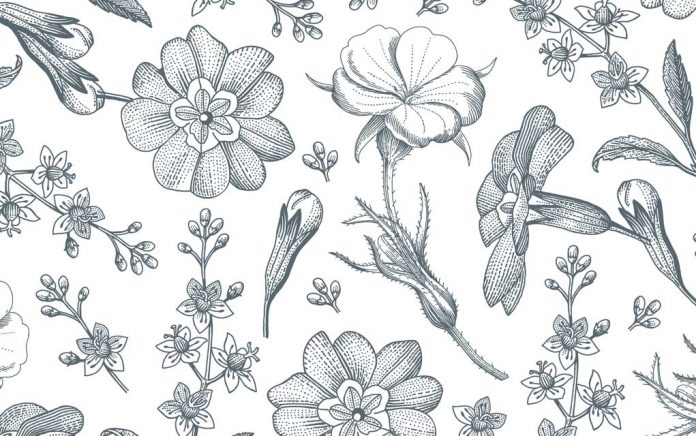
Dear Dr. Rona:
For the past two years my daughter has experienced recurring spots on her tongue. Her doctor diagnosed it as “geographic tongue.” He says there is no known cause or cure for it. Initially, the lesions are quite sore and become larger until her tongue is literally covered with spots of varying sizes. After two or three weeks, they disappear for a few days, then return to repeat the same process again. Is there anything that can be done with treating deficiencies or with herbs?
M.C.
Dear M.C. :
Geographic tongue results from the rapid shedding and growing of the papillae on the tongue. The cause is unknown and medical treatment is usually not required because the problem is self-limiting. Sometimes, it is the result of vitamin B complex deficiency. In such cases, brewer’s yeast or a good B complex supplement clears up the problem. If this therapy is not effective after several weeks, have your doctor or naturopath check for the presence of a candida (yeast) infection or other infections in the mouth.
Diet changes can also make a big difference. Eliminate sugar, fried foods, salt, strong spices, animal fats, alcohol, black tea, coffee, chocolate, cola, other carbonated soft drinks, and peppers of all kinds. These foods may irritate the tongue and further aggravate the burning.
Many of the natural remedies which help heal ulcers and gastritis may be helpful for a burning, geographic tongue. The amino acid L-glutamine is important in the healing of hyperacidity. Vitamins A, beta-carotene, B6, buffered vitamin C and vitamin E, chelated zinc, evening primrose oil, and flaxseed oil have all been shown to promote faster healing.
Herbal remedies that have traditionally enjoyed success in healing excess acid include aloe vera, slippery elm, comfrey, chamomile, goldenseal, peppermint, and licorice. Echinacea, a herbal antibiotic, in high doses, may have a good natural anaesthetic effect irrespective of the cause.
If you cannot see a naturopath, these remedies are all safe in the recommended dosages and can be well worth trying before resorting to prescription drugs.
Dr. Rona










